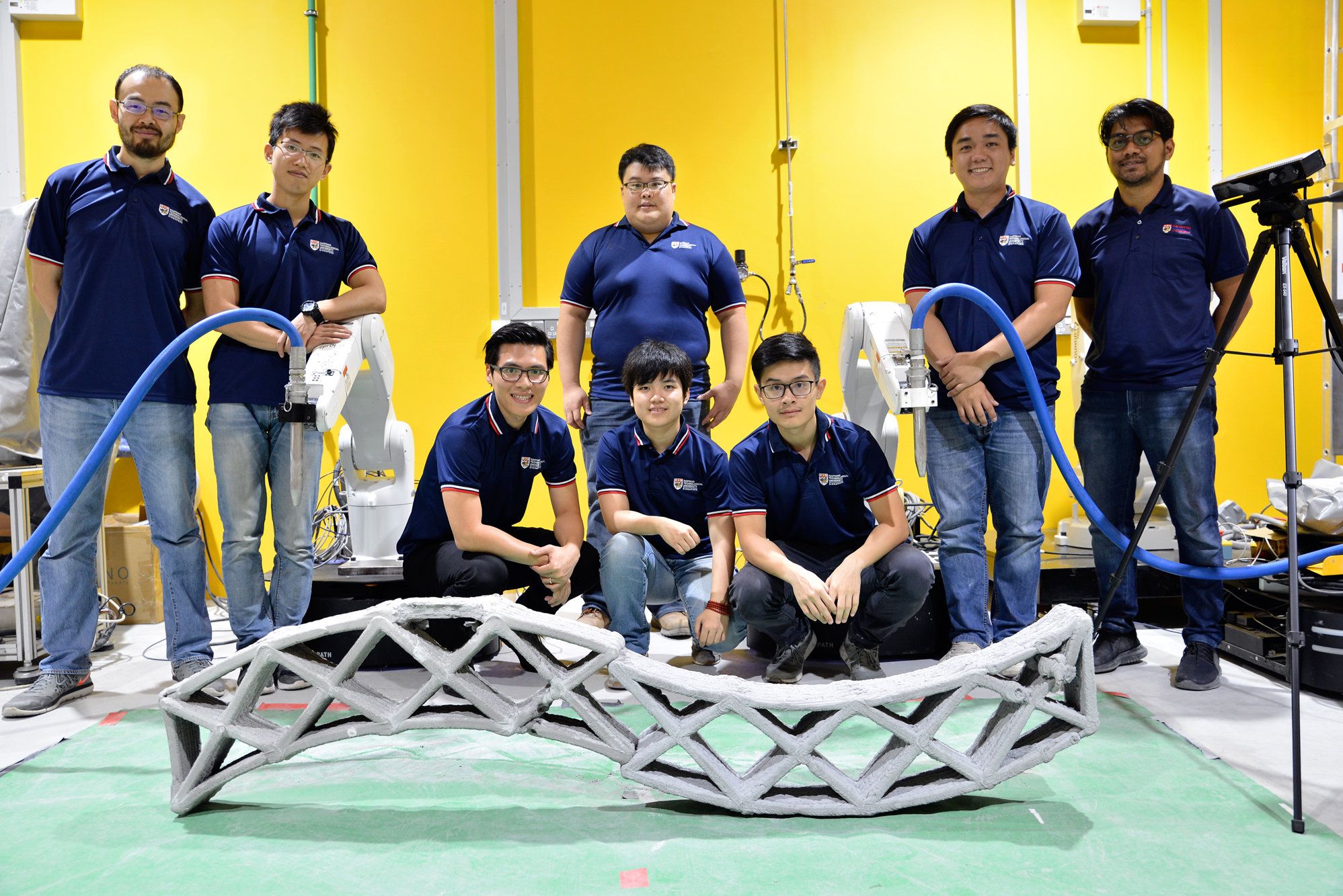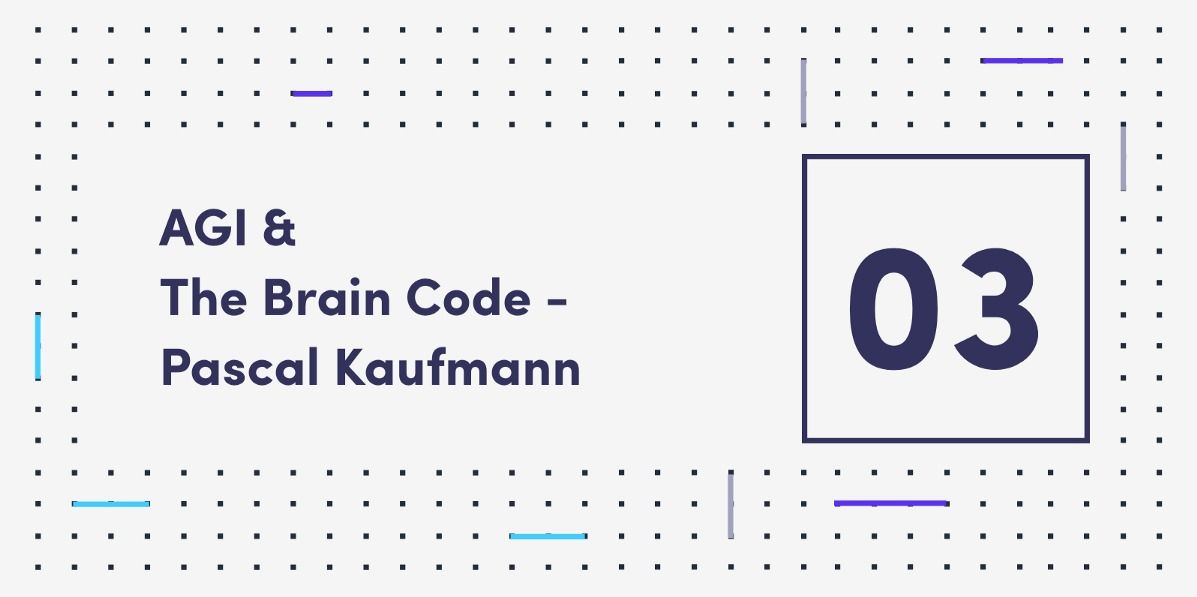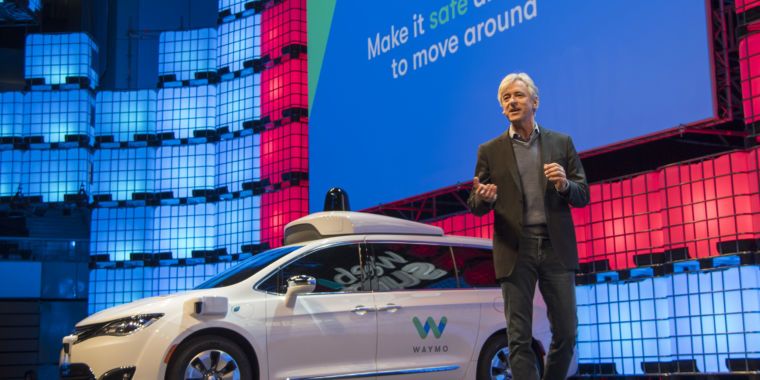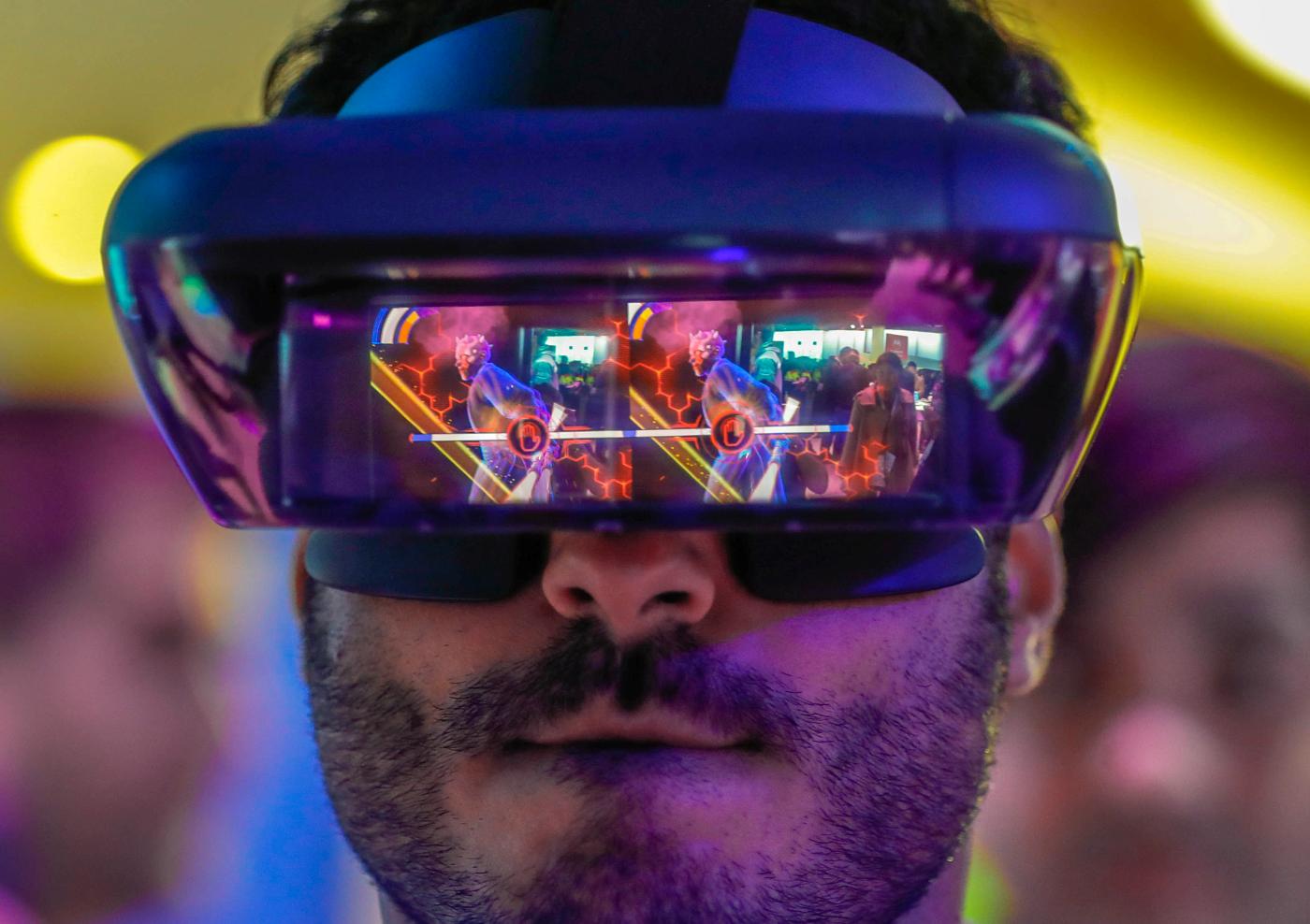Scientists from Nanyang Technological University, Singapore (NTU Singapore) have developed a technology whereby two robots can work in unison to 3D-print a concrete structure. This method of concurrent 3D printing, known as swarm printing, paves the way for a team of mobile robots to print even bigger structures in the future. Developed by Assistant Professor Pham Quang Cuong and his team at NTU’s Singapore Centre for 3D Printing, this new multi-robot technology is reported in Automation in Construction. The NTU scientist was also behind the Ikea Bot project earlier this year, in which two robots assembled an Ikea chair in about nine minutes.
Using a specially formulated cement mix suitable for 3D printing, this new development will allow for unique concrete designs currently impossible with conventional casting. Structures can also be produced on demand and in a much shorter period.
Currently, 3D-printing of large concrete structures requires huge printers that are larger in size than the printed objects, which is unfeasible since most construction sites have space constraints. Using multiple mobile robots that can 3D print in sync means large structures and specially designed facades can be printed anywhere, as long as there is enough space for the robots to move around the work site.







